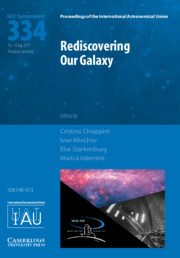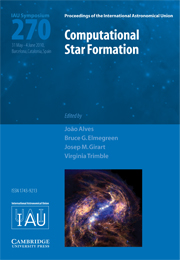Astrometry and Astrophysics in the Gaia Sky (IAU S330)
Astrometry has historically been fundamental to all the fields of astronomy, driving many revolutionary scientific results. ESA's Gaia mission is astrometrically, photometrically and spectroscopically surveying the full sky, measuring around a billion stars to magnitude 20, to allow stellar distance and age estimations with unprecedented accuracy. With the complement of radial velocities, it will provide the full kinematic information of these targets, while the photometric and spectroscopic data will be used to classify objects and astrophysically characterize stars. IAU Symposium 330 reviews the first 2.5 years of Gaia activities and discusses the scientific results derived from the first Gaia data release (GDR1). This significant increase in the precision of the astrometric measurements has sharpened our view of the Milky Way and the physical processes involved in stellar and galactic evolution. To many, the Gaia revolution heralds a transformation comparable to the impact of the telescope's invention four centuries ago.
- Astrometry has historically been fundamental to all the fields of astronomy, driving many revolutionary scientific results, and this effort continues today with Gaia and other large survey missions
- Demonstrates an enhanced synergy between different communities (astrometry, stellar and galactic physics)
- The extremely important improvement in the astrometric precision and in the number of studied objects is leading to a transformation comparable to the impact of the telescope invention about four centuries ago
Product details
April 2018Hardback
9781107170087
500 pages
256 × 180 × 22 mm
0.85kg
Available
Table of Contents
- 1. The Gaia sky
- 2. Astrometry and fundamental physics
- 3. Galactic archaeology
- 4. Stellar physics
- 5. Solar system and exoplanets.








